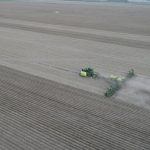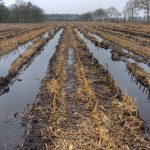Green Manure: A guide to cover cropping
As fall arrives across the US, the Midwest and other crop-producing states are preparing for harvest and thinking ahead to the winter months – which means sowing winter wheat, and also cover crops.
Research shows that cover crop adoption in the US has increased dramatically over the last decade, with 2021 levels at four time what they were in 2011 – but overall, cover crop adoption remains low at just 7.2% of available cropland.
The recent increase in cover crop planting has been attributed to federal and state incentives for farmers – for example, the USDA’s Environmental Quality Incentives Program, which invested over $14 billion in conservation practices from 2010 to 2020.
But with many farmers still choosing not to plant cover crops despite their potential benefits for the soil, we’re taking a closer look at an ancient farming practice that is coming back into fashion today.
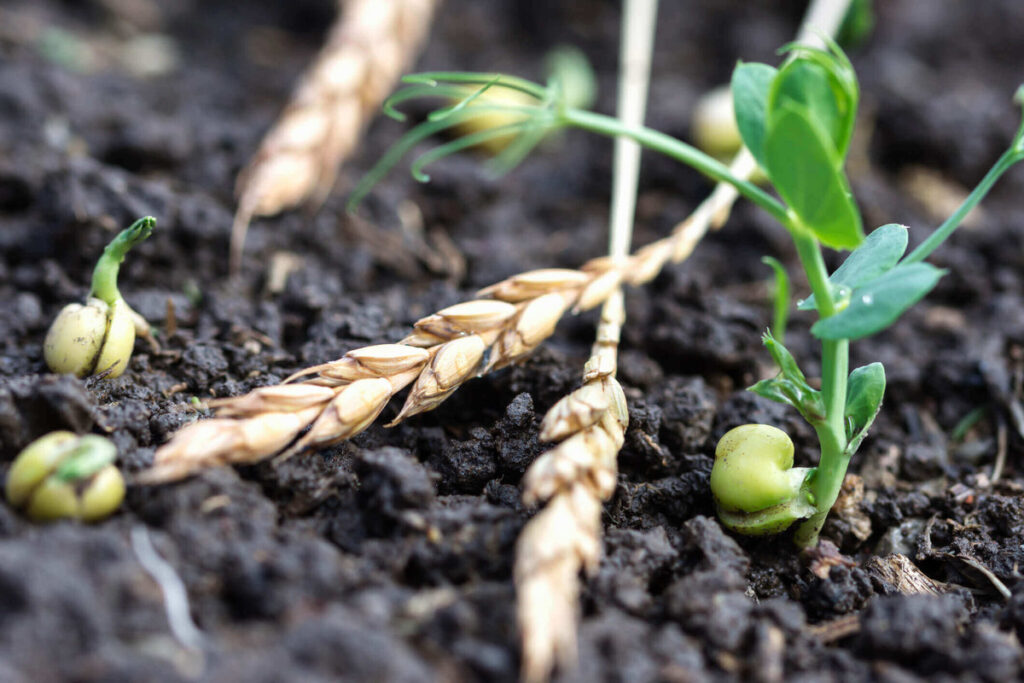
What is a cover crop?
A cover crop is any crop that is planted in between ‘cash crops’ with the main goal of protecting or nourishing the soil. Unlike cash crops, cover crops do not get harvested or sold – they are terminated at a specific point in their growing cycle and typically incorporated back into the soil either mechanically or naturally, although some are used as forage for animals. Cover crops can also be referred to as ‘green manure’. Ancient Chinese and Greek manuscripts suggest that the use of green manure has been around for thousands of years.
What are the benefits of cover cropping?
Planting a cover crop has numerous benefits for the soil and therefore, for future yields when cover crops are followed by cash crops like corn or soybeans. Here’s a look at the key benefits:
1. Prevention of soil erosion
In all but the southern states, winter weather typically brings with it harsh conditions involving wind, rain, snow and ice that can wreak havoc on exposed soil. A 2022 study by the University of Massachusetts Amherst found that farms in the US breadbasket have lost on average 2mm of soil per year since the land was settled 160 years ago – that adds up to 57.6 billion metric tons of soil.
Cover crops act as protection that prevents erosion – surface vegetation prevents soil being lifted by wind or washed away by surface runoff, while root structures bind the top layer of soil together and absorb excess water, reducing the risk of waterlogging.
2. Enhanced soil fertility
Cover crops are designed to be incorporated into the soil after they are terminated – either by being mechanically chopped and tilled in, or simply being left to decompose on the surface. Either way, they add much-needed organic matter to the soil which can enhance its ability to retain moisture and nutrients.
It’s common to use nitrogen fixing crops such as legumes as cover crops. Nitrogen fixing plants have roots that are colonized by organisms that can trap and store atmospheric nitrogen. When plowed into the earth, these plants are excellent at replacing the nitrogen that is removed by many cash crops, such as corn.
3. Weed management
Following harvest, it’s incredible how quickly weeds can colonize a field. The difference between allowing weeds to cover the soil and deliberately planting a cover crop is that the farmer can control the outcome ahead of spring planting.
While many weed species can drain the soil of nitrogen and other nutrients, as well as being extremely difficult to get rid of once established, cover crops are specifically selected because they’re easy to manage and good for the soil.
By their very definition, cover crops provide excellent soil coverage which prevents weed seeds from germinating – meaning that in spring, there’s less work to do to get the main crop in the ground.
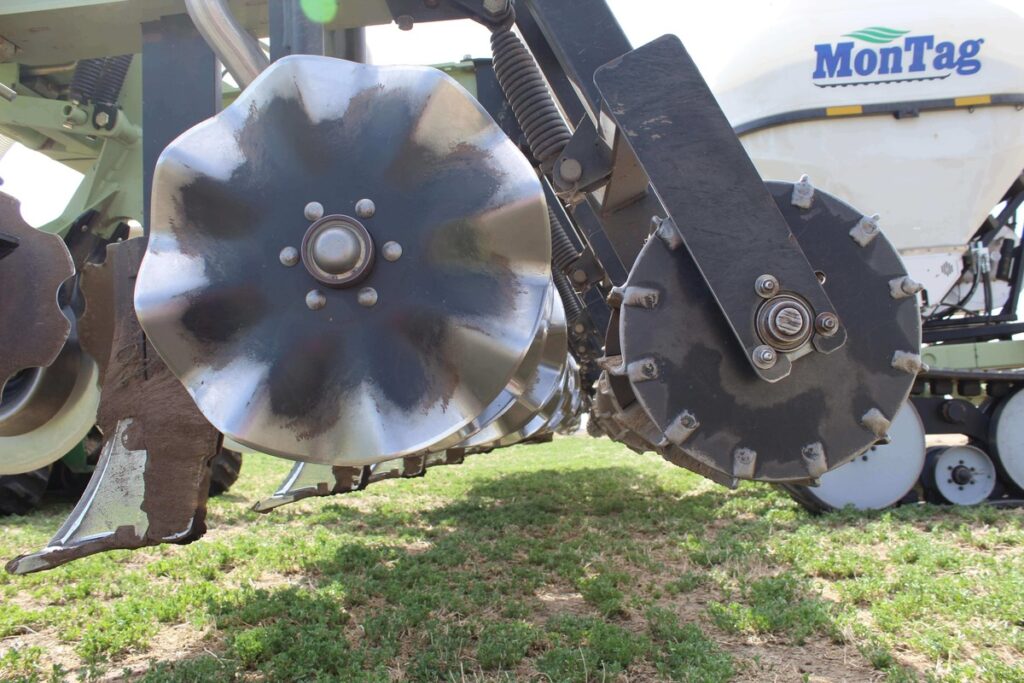
What are the challenges of cover cropping?
Like any planting cycle, cover cropping involves additional work and demands that farmers pay even closer attention to the timing of their planting and harvesting cycles in order to get the maximum benefit of a cover crop.
Cover crop seeds also cost money, and some farmers may feel that the benefits can be matched by applying artificial fertilizers, especially if they live in an area where soil erosion is less of a problem. Cover cropping may also incur additional costs for farm labor, fuel and equipment.
A big barrier to the use of cover cropping is lack of knowledge and perceived risks. Although this method has been around for generations, it has fallen out of favor in the last century and therefore farmers may not feel confident in trying something that is new to them and their land.
What are the main types of cover crop in the US?
There are three main groups of plants that are typically used as cover crops in the US:
| Type | Examples | Benefits |
| Grasses | Rye Barley Sorghum hybrids (sudangrass) | Fast growing Easy to manage residues Can be used as forage Fibrous roots bind the soil |
| Legumes | White/Crimson Clover Cowpeas Hairy Vetch Alfalfa | Can fix nitrogen from the air Taproots improve compacted soil Good organic matter Can be used as forage |
| Broadleaf non-legumes | Brassicas Radishes Mustard Buckwheat | Good for improving soil structure Store soil nitrogen Can be used as forage Can deter pests |
Which cover crop should I plant?
The type of cover crop selected will depend on the soil type and environmental conditions, but also on the type of cash crop the farmer wishes to grow next.
For example, grass cover crops are often used where soil erosion is a problem – for example in locations where heavy wind and rain is a problem – and where the subsequent crop requires a good soil structure and little weed competition, such as corn and soybeans.
Corn and soybeans are also fairly demanding on soil nutrients, so a farmer who is less worried about soil erosion and more worried about fertilizer costs might opt to plant legumes over winter before putting in his spring corn or soybeans. Legumes are also ideal cover prior to vegetable crops like peppers and tomatoes, which need a lot of nutrients.
Broadleaf non-legumes are often used as cover on mixed farms where they are a useful source of forage for livestock, but they also have disease and pest reducing properties that make them a useful cover crop prior to the planting of tender vegetables including lettuce.
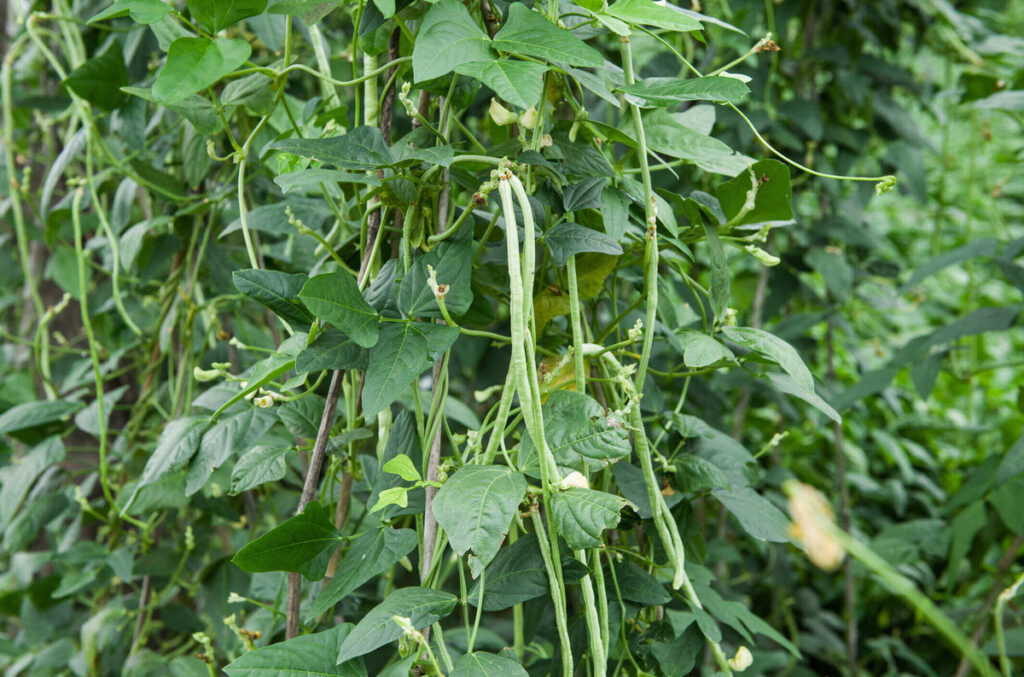
What happens to cover crops in spring?
Prior to planting of the main cash crop, cover crops are typically ‘terminated’. This can be done by mowing or tilling, use of herbicides or sometimes simply by turning livestock into the field where they will eat the crop and fertilize the soil with their manure. Some cover crops will die back naturally when the coldest winter weather arrives, and can easily be tilled into the soil before planting season begins in spring.
Termination of cover crops is timed carefully to ensure the plants have achieved optimal maturity – where they have accumulated enough organic matter to enrich the soil, and usually before they go to seed.
Tools for the task include vertical tillage blades, high speed compact discs and coulter blades. The type of equipment used will depend on the cover crop – fibrous grasses typically demand a more aggressive approach and will decompose more slowly than legumes, so the approach to residue management may be different. Whatever your requirements, Wearparts can offer a quality alternative to OEM parts, with options to suit all machinery brands and soil types.
More information on cover crops
For more information about cover crops and available incentive schemes in your area, visit the USDA website. For advice on tillage tools to enhance your crop rotation, manage residues and tackle soil quality challenges, get in touch with Wearparts directly or find your nearest Wearparts dealer.



